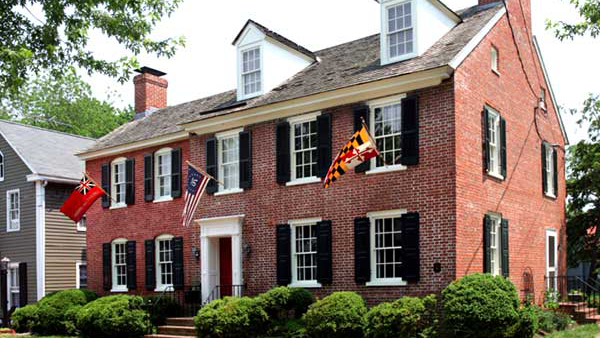
Think about coverages you may need for an older or historic home.
You may find an older home appealing because of its size, grandeur and location. But before you leap into the refurbishing trend, look at how older homes can present challenges that could increase your insurance costs.
After World War II, tract homes became the norm as the construction industry standardized materials and techniques. As a result, features found in homes constructed before 1945 became “custom.”
Additionally, any home listed on a historic registry or located in a historic district may be subject to strict code requirements, special codes or ordinances in these areas. As a result, even partial losses can be costly.
Make sure you know and discuss these requirements with your agent as you review your insurance options.
For example, if an 1894 home with aluminum siding suffers exterior damage, the code may require damaged siding to be replaced with wood. The claim cost may be much higher than payment for a similar loss on a newer construction home, where replacing with aluminum may have been appropriate.
Many features of a pre-1945 and a historic home are considered custom, for example:
- Non-standard-sized doors and windows
- Built-in plaster niches and solid hardwood cabinets
- Smaller rooms with more interior partitions
- Plaster and lath interior walls and ceilings
- Solid brass plumbing, lighting and door fixtures
- High-quality mosaic ceramic tile floors or mission clay tile flooring
- Higher interior ceilings (average 9 to 10 feet)
- Solid masonry or stone construction
- Slate roof
All of these factors add up to a higher reconstruction cost because you may need a specialized architect or contractor after a loss. Consider strict construction guidelines of the local and county historic oversight committees, when required.
Consider that:
- Standard door size is 6 feet, 7 inches; an 8-foot door adds approximately 20 percent to the cost of a standard door, and a 9-foot door adds another 20 percent
- Solid wood wall trim can be three times the cost of standard pressboard
- The increase from standard 3-inch molding to 5-inch molding doubles the cost; custom carved moldings in old homes could cost as much as $30 per linear foot
- Asphalt shingles can cost about $5 per square foot, compared to slate at $28 per square foot
As you shop for homeowner insurance, take an inventory of all of your home’s interior and exterior features, and be prepared to discuss them with your agent. It’s the best way to make sure you are on the right path to insuring your home.
Coverages described here are in the most general terms and are subject to actual policy conditions and exclusions. For actual coverage wording, conditions and exclusions, refer to the policy or contact your independent agent.
